Nobody wants to come home from a relaxing vacation to find their water garden has turned into a swamp. This blog post will discuss how to keep your water garden flourishing while you’re away. It will cover everything from choosing the right plants to setting up a timed irrigation system. By following these tips, you can rest assured that your water garden will be in good hands while you’re away!
How and how often should you water your garden?
Before You Leave, Prep First
The most important thing you can do before you go away is to prepare your garden in anticipation of your absence. The soil should be damp but not saturated with water. If your plants need fertilizer, apply a light application a few days before leaving and thoroughly water it in. To help conserve moisture, add a 2-3 inch layer of organic mulch around the plants. This will slow evaporation and protect the roots from extreme temperatures.
Weed Your Garden
Weeds will become a problem quickly if left unchecked. Taking some time to pull any weeds that have begun to emerge before you go can save your garden from being overwhelmed when you get back.
Choose the Right Containers
Containers are great for plants you want to take with you, but they also come in handy if you are leaving your garden unattended for an extended period. By using containers instead of planting directly in the soil, you can leave your plants without worrying about them drying out too quickly or becoming over-watered. Choose containers with plenty of drainage holes and put saucers underneath them so that excess water won’t saturate the roots.
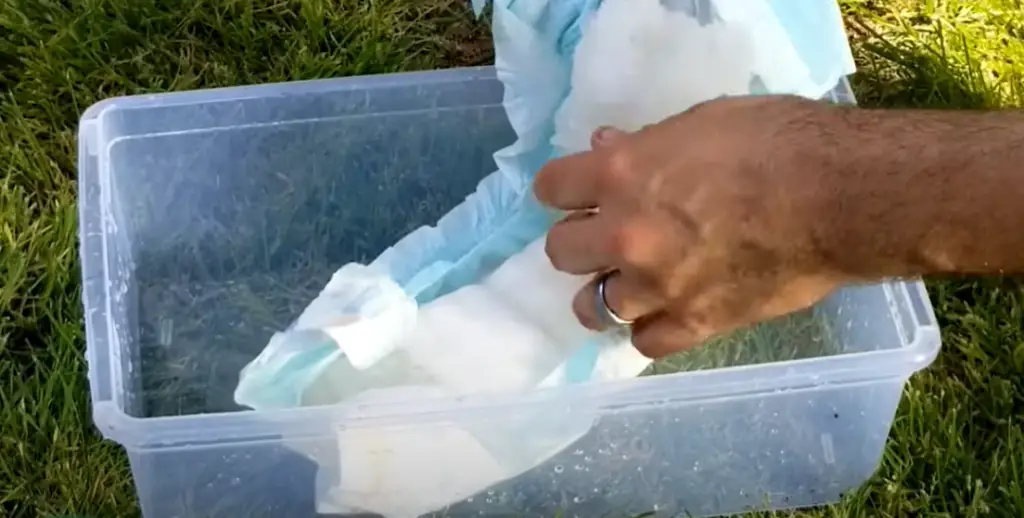
Water Wisely Before You Leave
When you are ready to leave, water your garden well and make sure it is properly hydrated. Without you there to monitor moisture levels, the last thing you want is for your plants to dry out too quickly or become overwatered. Aim for a deep and thorough soak that will keep the roots moist for several days after you leave.
Soak the Entire Garden
If you have an irrigation system, set it to run for a few minutes each day while you are away. This will ensure that the entire garden gets a thorough soaking and that any water-loving plants won’t be neglected. If you don’t have an irrigation system, consider setting up some soaker hoses or sprinklers in strategic areas of the garden to give your plants the water they need.
Mulch Everything
Finally, lay down a layer of mulch around all your plants. This will help to conserve moisture and keep the soil from becoming too dry during the hot summer months. By preparing your garden in advance, you can ensure that your plants stay healthy and hydrated while you’re away. With a little bit of planning, you can rest easy knowing that your garden is in good hands [1].
How To Water Plants While You’re Away?
Timer and Irrigation System
Setting up a timer and an irrigation system is one of the most efficient ways to water your plants while you are away. Timers and irrigation systems come in a variety of sizes and models, so you can find one that fits your needs. A timer allows you to set specific times for watering your plants and an irrigation system distributes water without any manual labor required.
Self-Watering Containers
If you’re looking for something a bit simpler than setting up a timer and irrigation system, self-watering containers are a great alternative. These containers allow plants to be watered automatically over time by providing them with the right amount of moisture needed to keep them alive while you’re away. They come in a variety of sizes and designs.
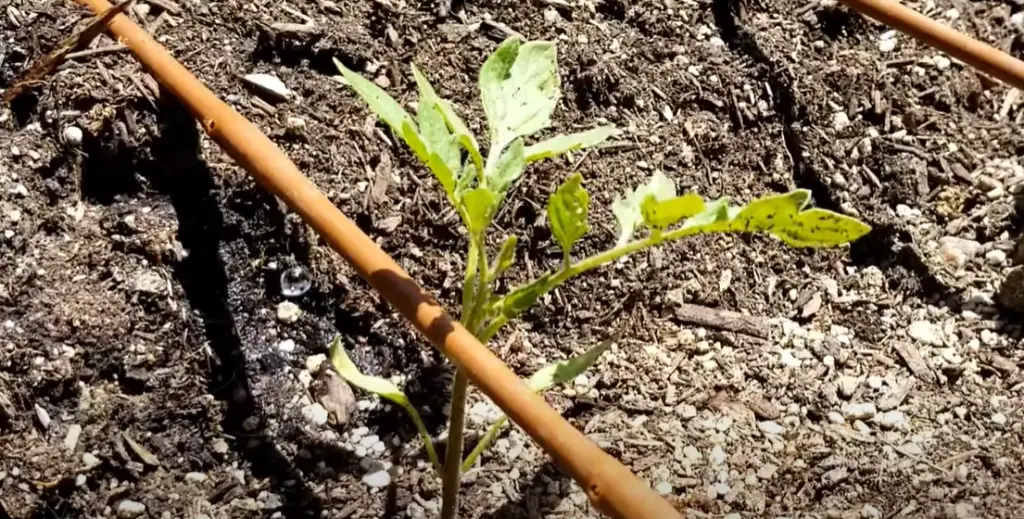
Slow-Drip Bottles and Hose
Slow-drip bottles and hoses are other options for watering plants while you’re away. These devices use a slow, steady flow of water to keep the soil moist and nourished. They are inexpensive and can be used with any type of plant that requires regular watering.
Water Globes
Water globes are small glass orbs filled with water that slowly releases moisture over time into the soil. They are placed directly in the soil near the base of your plants and will keep them hydrated for days or weeks at a time without needing to be refilled. Water globes come in various sizes so it’s easy to find one that fits your needs.
Rain Barrel and Drip Hose
Using a rain barrel and drip hose is an effective way to water plants while you’re away. A rain barrel collects runoff from your roof or yard and stores it for later use. The water can then be directed to the plants of your choice through a drip line connected to the barrel, which slowly releases moisture into the soil over time.
Use water-retaining gel or granules
Water-retaining gels or granules can also be used to keep the soil around your plants moist while you are away. These gels and granules absorb water from the air and slowly release it when needed, providing a consistent source of moisture for your plants without any manual labor required.
Group containers together in the shade
Grouping containers together in the shade is a great way to keep moisture levels consistent for your plants while you’re away. By grouping containers, they can block out direct sunlight and help retain moisture in the soil. This will make it easier for your plants to stay hydrated without needing extra attention from you.
Houseplant Spraying
If you have houseplants that require frequent watering, setting up a houseplant sprayer may be the best option for keeping them hydrated while you’re away. Houseplant sprayers are automated devices that slowly mist the leaves of your plants with water over time, ensuring they stay healthy and hydrated even when you’re not there to tend to them.
These are just some of the ways you can water your plants while you’re away. With a bit of planning and the right tools, it’s easy to keep your plants healthy and hydrated even when you’re not around [2].
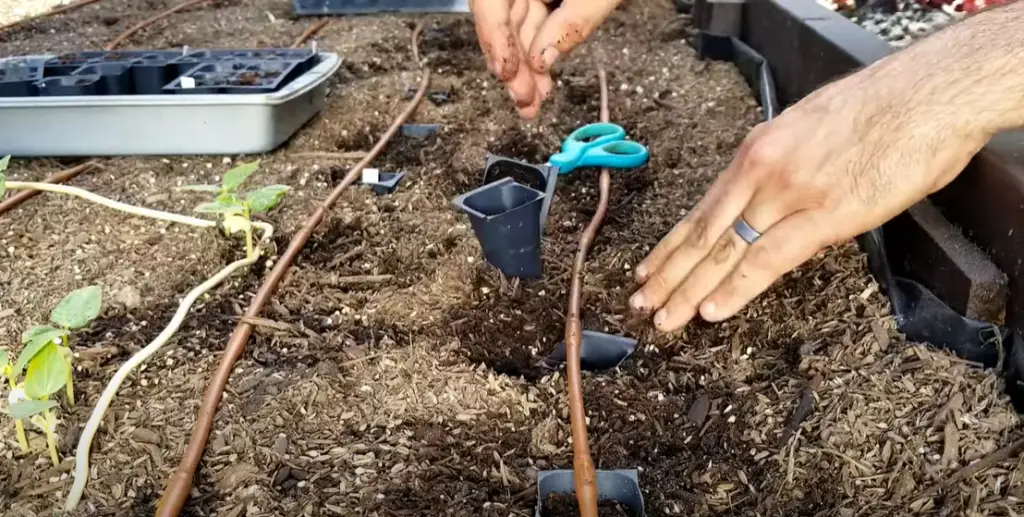
How to install an irrigation system?
Installing an irrigation system can be a complex and time-consuming process. However, with the right tools and preparation, it is possible to install your irrigation system successfully. Here are the steps to follow when installing an irrigation system:
- Calculate water needs: Before beginning the installation of your irrigation system, you must take into account your specific area’s water needs. Take into consideration factors such as climate, soil type, the slope of the land, and plants that will be receiving water from the system. This will help you determine the necessary number of emitters and heads for the most efficient use of water.
- Choose a design: Once you have determined your area’s water needs, it is time to select which type of irrigation system you wish to install. Do-it-yourself sprinkler systems are great for small gardens and lawns while larger areas may require a professional installation.
- Gather supplies: Before beginning the installation, it is important to make sure you have all the necessary materials. This includes PVC pipe, fittings, connectors, valves, emitters, and the controller or timer. Make sure everything is in good condition before proceeding with the installation.
- Layout your design: Once all the necessary supplies are gathered, you can begin laying out your design on paper or graph paper. It is important to plan so that no adjustments will need to be made during the actual installation process which could result in costly mistakes.
- Dig trenches: After your design is laid out, it is time to begin digging the trenches for the irrigation system’s components. Make sure all of the trenches are level and deep enough to allow for adequate water flow.
- Install the pipes: Once you have finished digging the trenches, start laying down the PVC pipe throughout the design layout. Make sure you use clamps or connectors at each joint to ensure a solid connection between each section of the pipe.
- Install emitters: Place and secure emitters in each area where water will be needed such as flower beds and lawns. Make sure each emitter is installed according to its instructions for proper operation.
- Connect controller: At this point, it is time to connect the controller or timer. This will allow you to control when and how much water the system dispenses. Make sure all connections are secure before testing out your irrigation system.
- Test your system: Once everything is connected, it is time to test out the system to make sure there are no leaks and that each area receives an adequate amount of water. If there are any problems, they can usually be fixed with minor adjustments or repairs.
- Maintain your system: After completing the installation of your irrigation system, make sure you check regularly for signs of wear and tear and make necessary repairs as soon as possible to ensure optimal performance from your irrigation system over time.
Follow these steps carefully to install your irrigation system with ease and efficiency. A correctly installed irrigation system will help your garden thrive while saving you time and money in the long run [3].
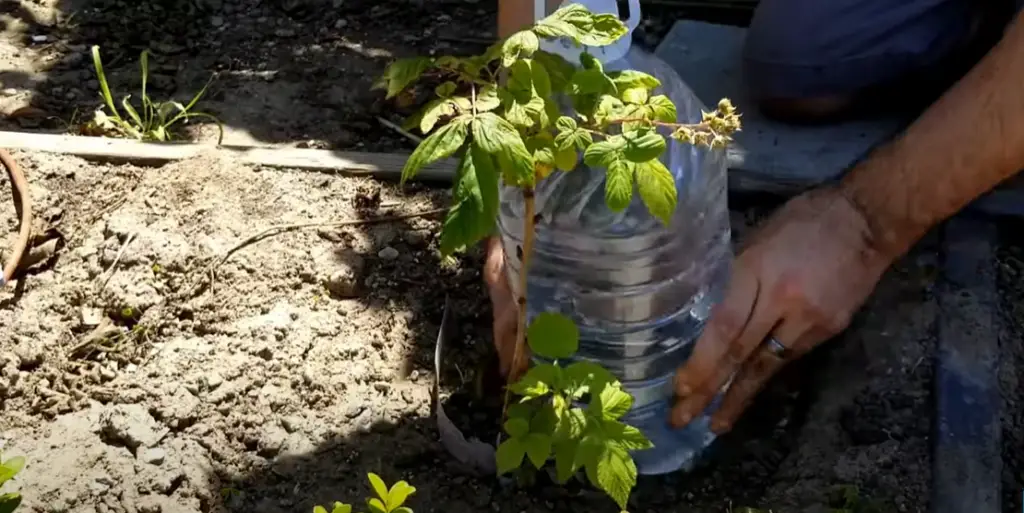
What should you first do in your garden when returning back?
When returning to your garden after a break, the most important thing you should do is assess the condition of your plants and soil. Look for signs of disease, pests, or weeds that may have taken over during your absence. Make sure you carefully examine all parts of each plant and take note of any issues that need addressing.
All these steps will help create a healthy environment for your garden to grow and flourish. Finally, take the time to observe and appreciate the beauty of your garden. Doing so can bring you joy and inspiration as you work on making it even better!
FAQ
How do you water a garden when you’re gone?
The best way to water your garden when you are away is to set up an automated irrigation system. This will ensure that your plants get regular, consistent watering even when you’re not around. Automatic irrigation systems can be found at most hardware stores and can be programmed to run on a schedule or with a timer. For larger gardens, you may want to consider investing in a drip irrigation system that can be customized to target certain areas of the garden.
You should also make sure that the soil in your garden is well-drained so that it doesn’t stay saturated for too long after each watering session, as this can cause root rot and other issues. Finally, check with local water restrictions in your area to see what type of watering schedule you should follow.
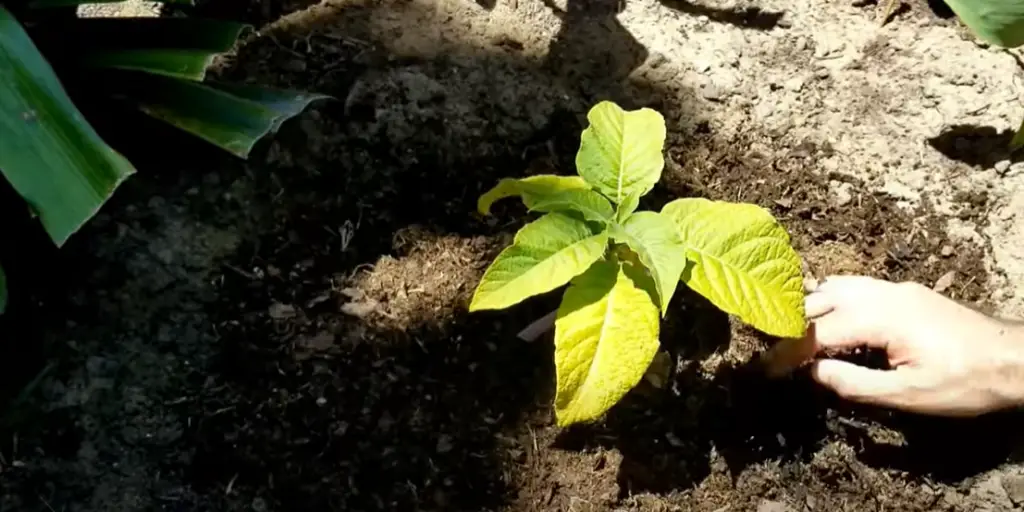
What type of soil is best for a garden?
The type of soil used in a garden can have a big impact on the health and productivity of your plants. Most vegetables and flowers prefer loamy soils, which are made up of equal parts sand, silt, and clay. Loamy soils hold moisture well but also allow water to drain quickly so that plant roots don’t get waterlogged. If your soil lacks nutrients or has too much sand or clay, you may need to mix in some organic matter such as compost or peat moss to improve its texture and fertility.
How do I keep pests away from my garden?
Prevention is key when it comes to keeping pests out of your garden. Start by eliminating any food sources that may attract them, such as fallen fruit or standing water in bird baths. You can also introduce beneficial insects into your garden which will help keep the populations of destructive bugs in check.
Proper plant care is also important – for example, regularly pruning plants and removing dead foliage will reduce the number of places where pests can hide. Finally, you might want to consider using an organic pesticide if all else fails. These tips should help ensure that your garden stays pest-free!
How do you make a self-watering system?
Self-watering systems are great for keeping your plants hydrated even when you’re away. The basic premise of these systems is that they use a reservoir of water and an automated timer to deliver the right amount of moisture to your plants. To make one, start by finding a suitable container for your reservoir and then drill several holes around the base.
Attach a tube from the reservoir to each of the holes, making sure they are all secure and airtight. Connect this system to an automatic timer and set it so that the water is released at regular intervals throughout the day. Your self-watering system is now ready to be used! As always, remember to check with local water restrictions in your area before installing any irrigation systems.
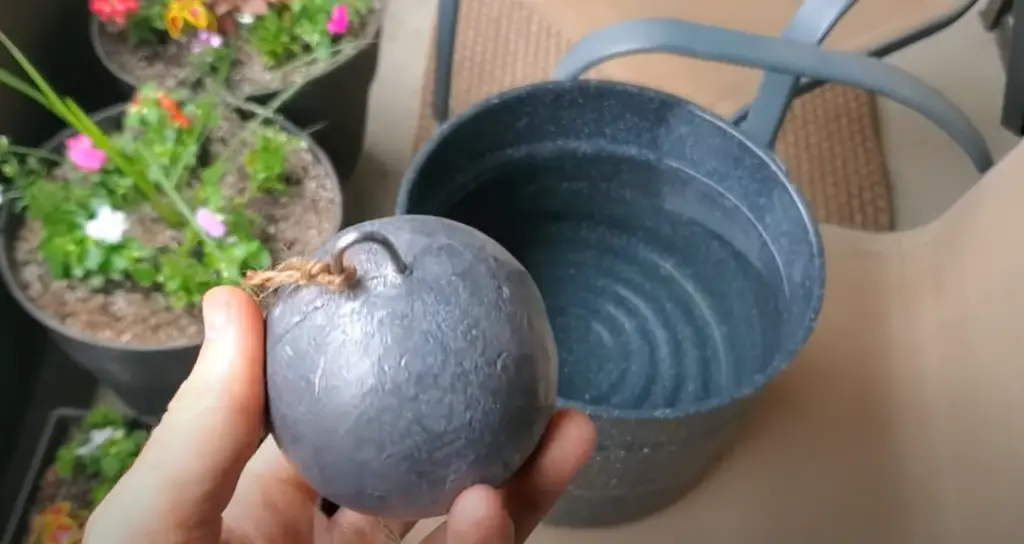
How often should I water my garden?
The frequency with which you need to water your garden will depend on the type of plants you have and the climate in your area. Generally speaking, most plants need an inch or two of water per week during the growing season – either from rainfall or irrigation. If you’re using a sprinkler system, make sure it is set up so that it waters evenly and doesn’t create puddles or runoff. In addition, be sure to check with local water restrictions before setting up any kind of irrigation system. If possible, try to time your watering schedule so that it coincides with cooler temperatures – either early in the morning or late at night.
How do I water my garden while away for 2 weeks?
If you’re planning to be away from your garden for two weeks, you will need to make sure that your plants are well-watered before you go. You can do this by hand or with an irrigation system such as a drip or soaker hose. If you decide to use a manual system, make sure to water deeply – about one inch of water per week – and consider investing in mulch to help hold the moisture in.
For longer trips, it might be worth investing in a self-watering system (also known as an automated timer). This type of system is designed to deliver the right amount of water at regular intervals while you are gone without any input from you. Remember to check with local water restrictions before installing any irrigation systems. With these tips, your garden is sure to stay hydrated while you’re away!
How do you leave plants for 3 months?
If you are leaving your plants for three months, the most important thing is to make sure that they have plenty of water. The best way to do this is to install an automated timer and a drip irrigation system in your garden. This will deliver a consistent amount of water to your plants while you are away. In addition, consider investing in mulch or some other type of ground cover. This will help retain moisture and keep weeds from growing in the soil and competing with your plants for nutrients and light. Finally, check with local water restrictions before setting up any kind of irrigation system. With these steps, your plants should stay healthy even without you there to tend them!
Can indoor plants go a week without water?
The answer to this question depends on the type of plants you have and the environment they are in. Some indoor plants can go several days, or even weeks, without water as long as their soil is allowed to dry out properly between watering. Other plants may need more consistent moisture and may not survive if left for a week without water.
The best way to determine how often your plants need to be watered is by checking the requirements of each plant species you have in your home. In any case, it’s always best to err on the side of caution and check your indoor plants every few days – particularly during hot weather – to ensure they don’t dry out too much. This will help keep them healthy and happy!
Useful Video: 7 Ideas to Water Your Garden Plants While on Vacation
Conclusion
Watering the garden while away from home can be a difficult task, but it does not have to be. With the right equipment and knowledge, you can confidently keep your plants watered even when away. Automatic irrigation systems are efficient and allow for precision in watering specific areas of your garden. They also provide cost savings by conserving water while still ensuring that your garden stays lush and green. Additionally, installing smart sensors or soil moisture probes help track the water needs of each plant so you will never over- or under-water them again. With these tools and tips, you can worry less about watering your garden while away from home.
References:
- https://www.ruralsprout.com/water-garden-while-away/
- https://www.thespruce.com/watering-plants-while-on-vacation-1402425
- https://www.bhg.com/home-improvement/outdoor/how-to-install-irrigation-system/





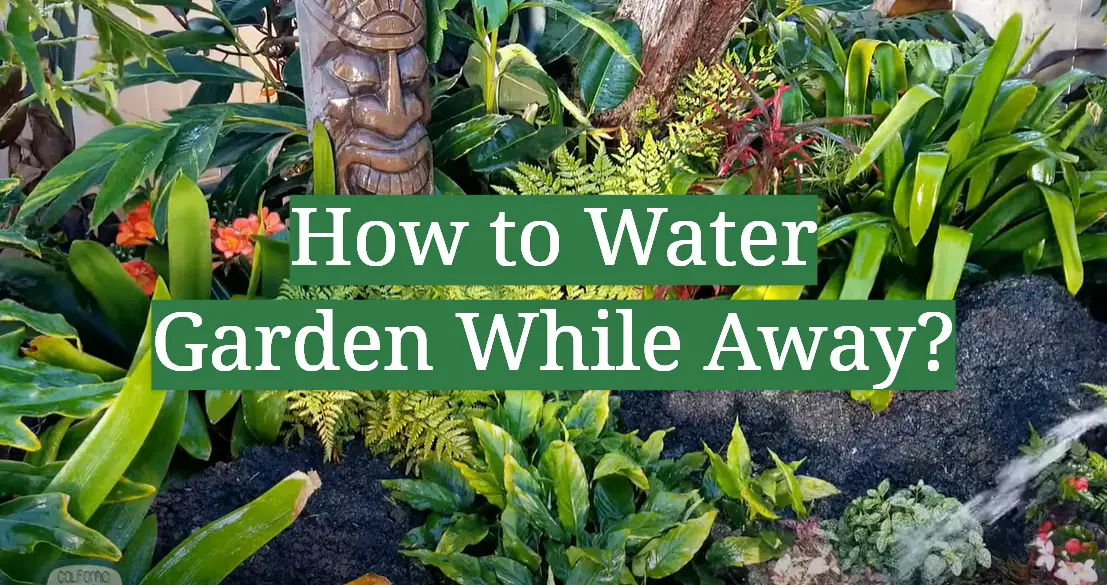


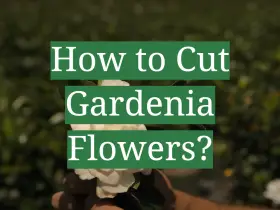
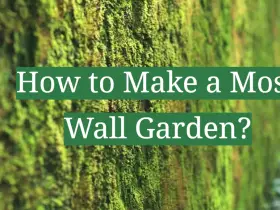
Leave a Reply
View Comments